December’s Exhibit:
”ReWorks” by Debby Finkbeiner
Artist Statement
A few years back, I began painting —maybe 8 years ago. I have been fortunate to have attended a few workshops with the best abstract painters in Nova Scotia. In one workshop, my first, I asked the instructor to help me paint like Rothko, but he taught me to paint who I am. That took some time.
I am drawn to minimalism, but create works with more complexity. This show is an exploration of paintings that were created years ago, as well as recent ones that have been reworked, some fully and others just a brush stroke. My goal is to create beautiful colours. I never know what will emerge with the blending of the paints I mix.
This exhibition wasn’t planned, though booked 2 years in advance. In that time, my life forever changed. At one point, I just wanted to be busy, not so much this year. This show has pushed me, and I am not sure how I feel about the work, not a unique feeling for many painters. BUT I know I have created ART.



